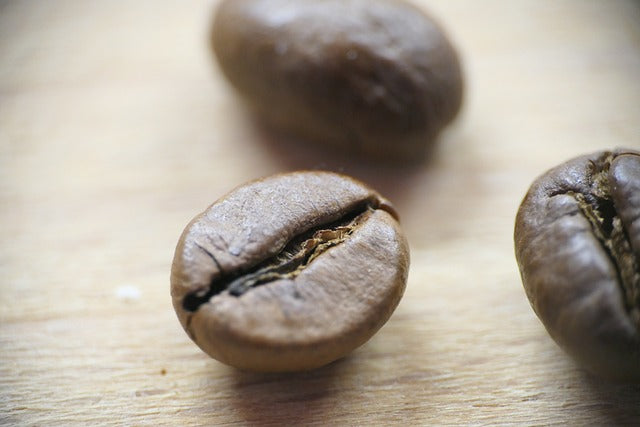
9 Differences between Arabica and Robusta coffee beans
Share
Join Paragon Coffee to Explore the Differences Between Arabica and Robusta Coffee Beans
Arabica and Robusta are the two largest coffee varieties globally, each with unique characteristics influenced by their coffee beans.

What is Arabica Coffee?
Arabica coffee beans (Coffea Arabica) contain 1-2% caffeine and offer a variety of flavours. Discovered in Ethiopia, it spread globally through French and Dutch influence. Major growing regions include Brazil, Colombia, and Vietnam, renowned for its unique Vietnamese coffee.
What is Robusta Coffee?
Robusta coffee (Coffea Canephora) contains 2-4% caffeine, giving it a stronger taste than Arabica. It is the second most produced coffee variety, with Vietnam contributing 90% of its total production.
9 Differences Between Arabica and Robusta
1. Growing Conditions
- Arabica: Thrives at 900-2000m altitude, 1200-2200mm annual rainfall, 15-24°C temperatures.
- Robusta: Grows at 0-900m altitude, 2200-3000mm annual rainfall, 18-36°C temperatures.
2. Plant Structure
- Arabica: Small branches, 2.5-4.5m height, large wavy light green leaves.
- Robusta: Large sturdy branches, 4.5-6m height, large dark green leaves.
3. Coffee Fruit
- Arabica: Sparse fruit bunches, low productivity, soft peel, thick mucus layer.
- Robusta: Dense fruit bunches, high productivity, firm peel, thin mucus layer.
4. Grain Shape
- Arabica: Flat, large, elongated grains with an S-shaped groove.
- Robusta: Small, round, oval grains with a straight groove.
5. Caffeine Content
- Arabica: 1-2% caffeine, aromatic fruity taste.
- Robusta: 2-4% caffeine, strong bitter taste.
6. Aroma and Taste
- Arabica: Sour taste with slight bitterness, aromatic aftertaste.
- Robusta: Strong bitter taste, subtle fruity aroma for some.
7. Seed Colour After Roasting
- Arabica: Dark colour with a glossy finish.
- Robusta: Pale and somewhat yellow.
8. Productivity
- Arabica: Difficult to cultivate, low productivity due to poor resistance.
- Robusta: High adaptability and productivity.
9. Chlorogenic Acid (CGA)
- Arabica: Contains 5.5-8% CGA.
- Robusta: Contains 7-10% CGA, offering better insect and disease resistance.
Which Coffee Bean is Best?
Choosing the best coffee bean, such as Arabica or Robusta coffee beans, depends on personal preferences. Arabica beans are ideal for those who enjoy nuanced flavours with delicate notes of fruit and sugar, making them a great choice when you want to buy coffee. Their natural sweetness and sophisticated acidity make them a gourmet choice.
Robusta beans are known for their robust and bold flavour, with higher caffeine content, making them a solid option when you decide to buy coffee. They offer a more bitter taste and hearty texture, making them a preferred option for strong coffee enthusiasts. Ultimately, the best bean aligns with one's taste for either an intricate or powerful coffee experience. Exploring both varieties of coffee beans ensures a comprehensive appreciation of each, especially when you buy coffee that suits your taste, such as the rich and aromatic Vietnamese coffee.
How Many Cups of Coffee from 1kg of Beans?
One kilogram of coffee beans yields approximately 120 to 140 cups, depending on the brewing method and type of coffee. Espresso shots use more beans per cup, reducing the total number of cups. Standard drip or filter coffee requires fewer beans per cup, producing more servings.
Grind size also impacts extraction efficiency. Finer grinds for espresso may require more beans per shot compared to coarser grinds for drip coffee. Personal taste preferences also play a role; stronger coffee drinkers might use more coffee beans, yielding fewer cups, while those who prefer milder brews will stretch their supply further.
Considering individual preferences and brewing methods, each kilogram of coffee beans offers a diverse coffee experience.
